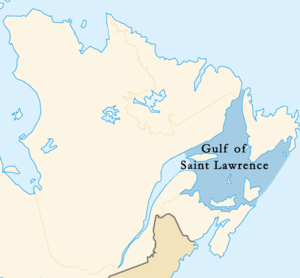Affable Communalism Along the Transit Corridor
From Evergreen SkyTrain to take original route:
“It looks like they’ll need a strip of some property, but I’m willing to part with it – for money,” he said, laughing. “It’s more important the transit line gets built.”
Mr. Berezan also said he had some land expropriated for the construction of the Canada line, and he found the price to be fair and the government easy to deal with.
Kudos to you sir, for reinforcing the generally positive national stereotype.

